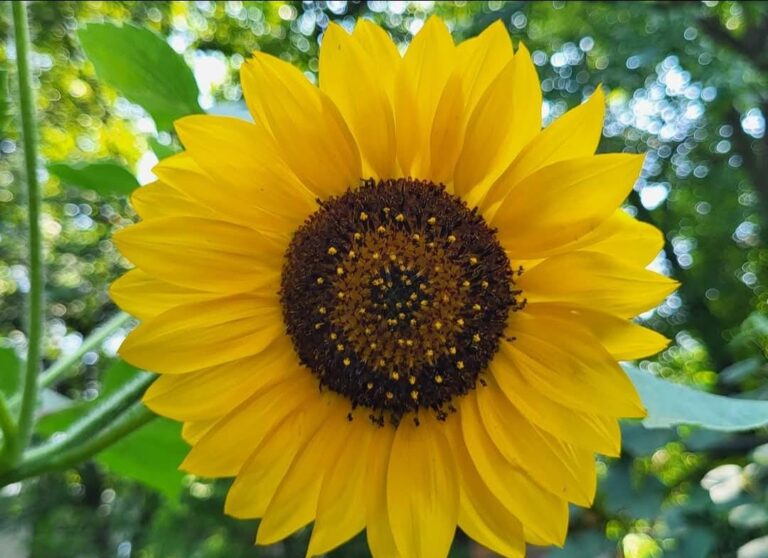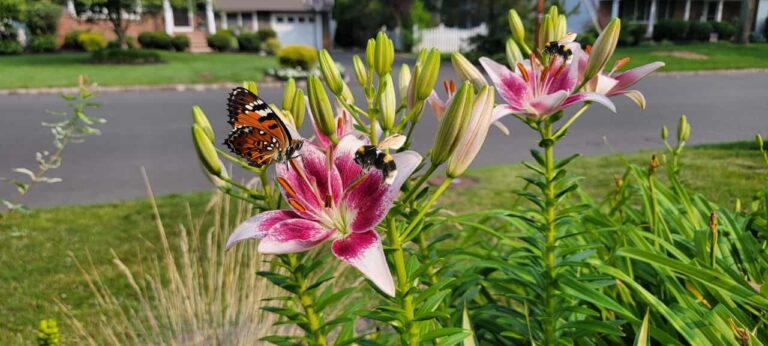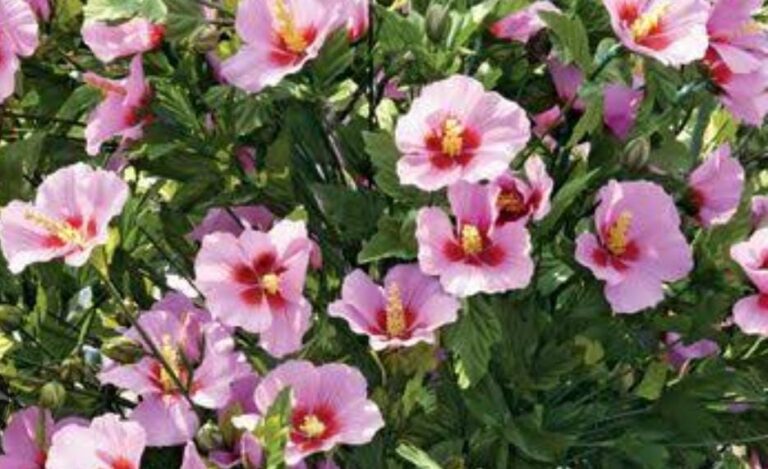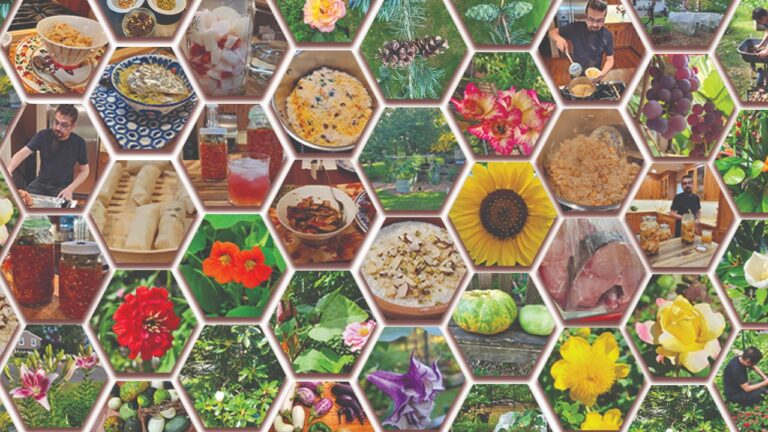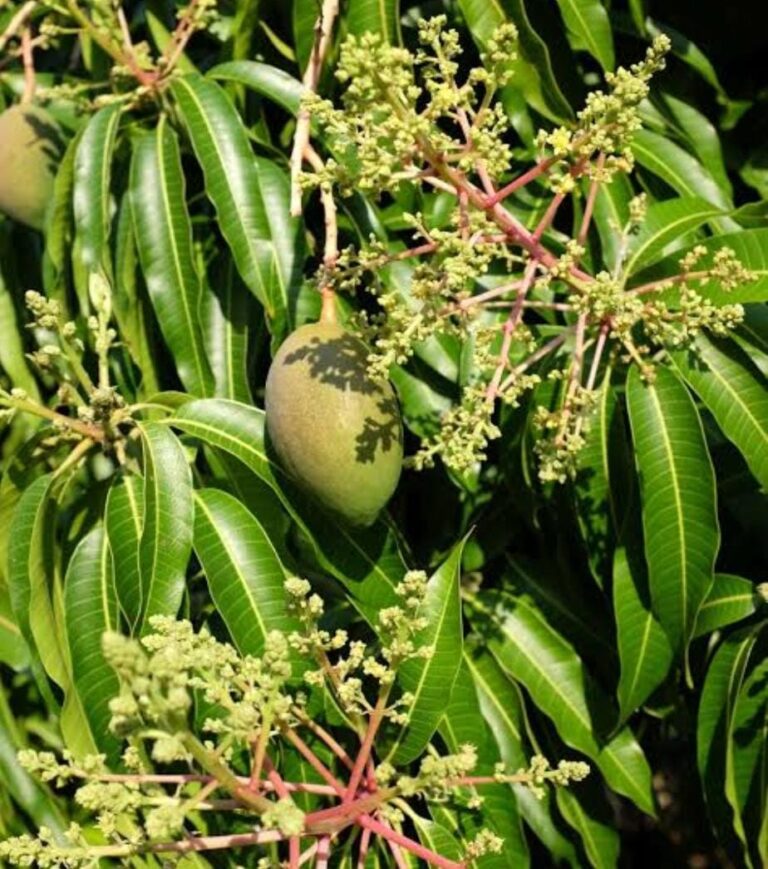Roses: From DNA to 3 Spectacular Garden Designs
Introduction
The rose, long admired for its beauty and symbolism, has been a floral icon throughout various cultures and generations. Aside from its visual appeal, the rose (genus Rosa) is an interesting subject in plant biology, ecology, chemistry, and horticulture. This blog delves into the complex world of roses, examining their morphology, genetic complexity, evolutionary history, ecological connections, therapeutic benefits, and production practices to offer a comprehensive overview of one of the most cherished members of the plant kingdom.
Taxonomy and Classification

Roses are part of the Rosaceae family, which also includes economically important fruits such as apples (Malus), cherries (Prunus), and strawberries (Fragaria). Rosa contains about 150 naturally occurring species and many cultivars, which we will discuss in our next blogs. These plants are classified into four subgenera: Hulthemia, Hesperrhodos, Platyrhodon, and Rosa, the latter being the largest and most commonly grown.
These beauties are native to the Northern Hemisphere’s temperate zones, primarily Asia, with certain species also found in Europe, North America, and northwest Africa. Most wild species thrive in forest margins, scrublands, and open meadows, where they may adapt to a variety of environmental conditions.
Morphological Features
These are perennial flowering shrubs with diverse growth patterns, including modest groundcovers and towering climbers. Morphologically, the plant consists of woody stems frequently armed with prickles—epidermal outgrowths commonly mistaken for thorns.
Leaves are alternating and pinnately complex, with 5-9 leaflets each with serrated margins. Glandular trichomes on the leaves and stems exude fragrant substances that enhance the plant’s fragrance and repel animals.

The flower, unquestionably the most admired characteristic, is actinomorphic and pentamerous, which means it has radial symmetry and floral organs in groups of five. Each bloom consists of sepals, petals, stamens, and carpels. The number of stamens can vary from dozens to more than a hundred, producing a tight whorl around the center gynoecium.
Roses form hypanthiums, which are floral cups that encapsulate the ovary. This structure is essential for the growth of the fruit, known as a hip, which is classed as an aggregate-accessory fruit. The fleshy hip contains achenes, each with a solitary seed.
Reproductive Biology and Pollination

Roses are entomophilous, meaning they rely on insect pollinators like bees, butterflies, and beetles. Their brilliant colors, nectar incentives, and intricate smell bouquets all operate as attractants. Most species are hermaphroditic, meaning they produce both pollen and ovules in the same flower; nevertheless, mechanisms such as temporal separation of male and female activities (dichogamy) and self-incompatibility encourage outcrossing.
Rosa’s open pollination technique and poor reproductive barriers contribute to widespread hybridization. This genetic mixing adds to the genus’ remarkable variety and resilience.
Genetic and Cytological Diversity
These plants have a tremendous chromosomal variety. The basal chromosomal number is seven (x = 7), but polyploidy is widespread. Diploids (2n = 14) exist alongside tetraploids (2n = 28), hexaploids (2n = 42), and even higher-level polyploids. Polyploidy increases vigor, environmental resistance, and phenotypic variety, making it an important characteristic in rose breeding.
The rose genome was sequenced in 2018 and revealed widespread gene duplication events as well as a rich reservoir of transcription factors that control floral development, smell production, and disease resistance. The MYB, MADS-box, and NAC gene families are particularly important in shaping petal pigmentation and morphology.
Evolutionary History and Fossil Record

According to fossil data, they have lived for at least 35 million years. Rose-like fossils from the Eocene epoch have been unearthed throughout North America and Europe, indicating a previously wider distribution. The genus’s current radiation took place predominantly in Asia, where environmental constraints and topographical barriers fueled diversification.
They have a classic Laurasian distribution, showing that they originated before the supercontinent was fully separated. Molecular phylogenetic studies support a divergence pattern that corresponds to significant climate variations in the Oligocene and Miocene epochs.
Phytochemistry and Scent Composition
Roses are known for their smell, a complex blend of volatile organic compounds (VOCs). The essential oils include around 400 volatile organic compounds (VOCs), including monoterpenes (such as geraniol and citronellol), sesquiterpenes, phenylpropanoids, and fatty acid derivatives. The fragrance profile is determined by a network of biosynthetic pathways influenced by developmental and environmental factors.
Interestingly, scent is not necessarily genetically connected to petal color or morphology, resulting in cosmetically appealing varieties that are not scented. In modern breeding systems, artificial selection frequently prioritizes visual qualities over olfactory traits, resulting in decoupling.
Ecological Interactions
In natural ecosystems, roses are keystone plants. Their dense thickets provide habitat and nesting opportunities for birds and small mammals. The hips provide an important winter food source for bird species, while the blossoms attract a wide range of pollinators.
Some roses create mutualistic connections with mycorrhizal fungi, which improve nutrient intake and stress tolerance. In contrast, they are home to a variety of pests and pathogens, including aphids, sawflies, powdery mildew (Podosphaera pannosa), and black spot disease (Diplocarpon rosae), all of which can have a considerable influence on both wild and cultivated populations.
Medicinal and Therapeutic Uses

Roses have been used in traditional medicine for thousands of years. Its hips are high in vitamin C, flavonoids, and carotenoids, which aid in their antioxidant and anti-inflammatory qualities. The extracts are used by herbalists to treat respiratory problems, digestive difficulties, and skin conditions.
Rose essential oil, primarily derived from Rosa damascena, has antibacterial, anxiolytic, and antidepressant properties. Modern pharmacological investigations support the plant’s usefulness in lowering cortisol levels, regulating mood, and increasing wound healing, highlighting its therapeutic value.
Rose Breeding and Cultivar Development
The art and science of breeding of this mighty flower began in earnest in the 18th century, with the introduction of East Asian roses to Europe. This occurrence marks the beginning of contemporary rose hybridization, resulting in remnant (repeat-blooming) types.
Breeding objectives include improving disease resistance, increasing bloom duration, heightening smell, and broadening color palettes. Controlled cross-pollination, embryo rescue, and marker-assisted selection have all contributed to the rapid production of improved cultivars.
Recent advances include using CRISPR/Cas9 genome editing to target specific genes involved in fragrance production and disease susceptibility. These instruments promise to bring in a new era of precision gardening.
Cultivation and Horticultural Practices
Several elements contribute to successful rose cultivation, including soil structure, light availability, water management, and pruning procedures. Roses prefer well-drained loamy soils with a pH of 6.0 to 6.5. They flourish in full sun (at least six hours each day) and require frequent irrigation during dry months.
Pruning is necessary for maintaining plant structure, increasing air circulation, and stimulating flowering. It is usually done in late winter or early spring to remove deadwood and shape canes to promote basal breaks.
Integrated Pest Management (IPM) is frequently used to control pest infestations while reducing chemical use. To keep plants healthy, this technique includes cultural practices, biological control agents, and resistant cultivars.
Garden Designs
Here are three separate and scientifically based garden design concepts that use roses, each with its own aesthetic, function, and plant combination to improve the attractiveness, biodiversity, and structure of your outdoor space.
1. Classic Formal Rose Garden (Symmetrical & Timeless)
1. Design Philosophy:
This garden is based on European traditions, particularly English and French forms, and stresses geometric layouts, symmetry, and structure. The purpose is to create a visually appealing, almost architectural display of roses, ideal for displaying many kinds with constant bloom and shape.

2. Key elements
- Hedges & Edging: To create modest borders around symmetrical beds, plant Buxus sempervirens (boxwood) or dwarf lavender.
- Pathways: Central gravel or stone walkways divide the garden into four quadrants or two mirrored halves.
- Focal Point: The center is anchored by a fountain, sundial, or rose-covered archway.
3. Flower types
- Hybrid Teas: Rosa ‘Mr. Lincoln’, ‘Peace’ are examples of hybrid teas that produce erect, consistent bloom displays
- Floribundas: For constant flowering across the seasons
- Standard Roses: These are grafted onto tall stems to create vertical appeal
4. Companion Plants
- Nepeta faassenii (catmint): Soft contrast, pollinator-friendly
- Salvia nemorosa: Adds spikes of purple to lure bees
- Allium species: Their height and shape complement roses and fight pests
5. Ideal For
- Formal estates, public parks, and organized private gardens
- Gardeners who appreciate pruning and meticulous maintenance
2. Romantic Cottage Garden (Naturalistic & Lush)
1. Design Philosophy
Inspired by English cottage gardens, this design emphasizes informality, diversity, and layered plantings. Roses are woven into a tapestry of perennials, shrubs, and herbs, resulting in a sense of plenty and closeness.

2. Key Elements
- Irregular Paths: Winding stone or bark-mulched paths encourage exploration
- Mixed Borders: Combine roses of varying textures and heights
- Vertical Layers: Use climbing roses on trellises or rustic arches
3. Types
- Old garden roses: Such as Rosa gallica, R. alba, and R. centifolia, for their scent and historical appeal
- Shrub Roses: These are disease-resistant and realistic in shape (e.g., Rosa rugosa, David Austin English Roses)
- Ramblers: These are used for informal hanging of pergolas or fences
4. Companion Plants
- Digitalis purpurea (foxglove): Tall spires; great backdrop
- Lavandula angustifolia (lavender): Aromatic and pest repellant
- Geranium sanguineum: It is a low-growing filler that blooms continuously
5. Ideal Places
- Home gardeners who enjoy wild and romantic settings
- Wildlife-friendly gardens with seasonal diversity and pollinator support
3. Eco-Functional Rose Meadow (Low Maintenance & Biodiverse)
1. Design Philosophy
This contemporary garden combines decorative appeal with environmental ideals. Roses are blended into a more naturalistic, meadow-style planting that emphasizes native species, climatic adaptation, and low chemical use.
2. Key Elements

- Open Planting Schemes: Scatter plant groups to simulate natural meadows
- Pollinator Corridors: Create a continuous flowering from early spring to late October
- Rain Gardens or Bioswales: Incorporate roses into water-efficient architecture
3. Rose Types
- Native species: They include Rosa carolina, Rosa virginiana, and Rosa californica, which are either native or almost wild
- Groundcover Roses: Rosa ‘Flower Carpet’ for erosion prevention and color
- Low-Maintenance Shrub Roses: Disease-resistant and self-cleaning
4. Companion Plants
- Echinacea purpurea (coneflower): Promotes pollination and provides structure
- Achillea millefolium (yarrow): Tough and floriferous
- Schizachyrium scoparium (small bluestem grass): Provides texture and seasonal movement
5. Ideal Plantation
- Sustainable, low-input landscapes
- Urban lots, communal gardens, or park edges
- Gardeners engaged in conservation and permaculture
Final Notes on Design
- Roses thrive best when they receive a minimum of six hours of direct sunlight each day. This exposure is essential for healthy growth and vibrant blooms. Additionally, ensuring good air circulation around the plants can help reduce the risk of fungal diseases, which roses are particularly susceptible to.
- To conserve water while nurturing your roses, consider implementing drip irrigation systems or applying mulch around the base of the plants. Drip irrigation delivers water directly to the root zone, minimizing waste, and mulch helps retain soil moisture while also reducing the likelihood of fungal issues by preventing water from sitting on the leaves.
- For a visually stunning garden throughout the growing season, it’s a great idea to strategically plan for seasonal interest. This can be achieved by pairing your roses with other perennials and ornamental grasses, which bloom at complementary times. By selecting plants that flower in succession, you can ensure that your garden remains captivating and colorful from early spring through late fall. lt might be interesting to combine the bloom periods with perennials and grasses.
Cultural and Symbolic Significance
Throughout history, the rose has represented love, purity, martyrdom, and revolution. In ancient Persia, it represented celestial beauty, and in Greek mythology, it was associated with Aphrodite. The rose has appeared frequently in religious writings, heraldry, literature, and political movements ranging from England’s Wars of the Roses to the current socialist insignia.
Roses are now commonly used in ceremonial and decorative settings ranging from weddings to funerals, representing a wide range of human emotion and cultural identity.
Environmental Concerns and Conservation
While many rose cultivars are clonally propagated and widely dispersed, numerous wild species are losing habitat and genetic diversity. Urbanization, exotic species, and climate change all pose threats to native roses’ ecological niches.
Conservation activities include seed banking, habitat restoration, and ex-situ cultivation in botanical gardens. Molecular methods are also used to examine genetic diversity within and between populations, which helps guide conservation policies that conserve evolutionary potential.
Future Directions in Rose Research
Furthermore, climate-resilient cultivars are urgently needed. Breeding for drought resistance, heat resilience, and low-input farming will assure roses’ continued dominance in sustainable environments.
Artificial intelligence and machine learning are being integrated into breeding systems, allowing for predictive modeling of hybrid performance and trait inheritance. Such developments point to a more data-driven and efficient future for rose production.
Conclusion
The rose is more than just a garden adornment; it is a botanical symbol of evolution, adaptation, and human ingenuity. From its delicate floral design to its genetic diversity and cultural symbolism, the rose represents the junction of natural beauty and technological sophistication. As we get a better grasp of this unique genus, the rose will definitely continue to inspire, heal, and enchant future generations.


